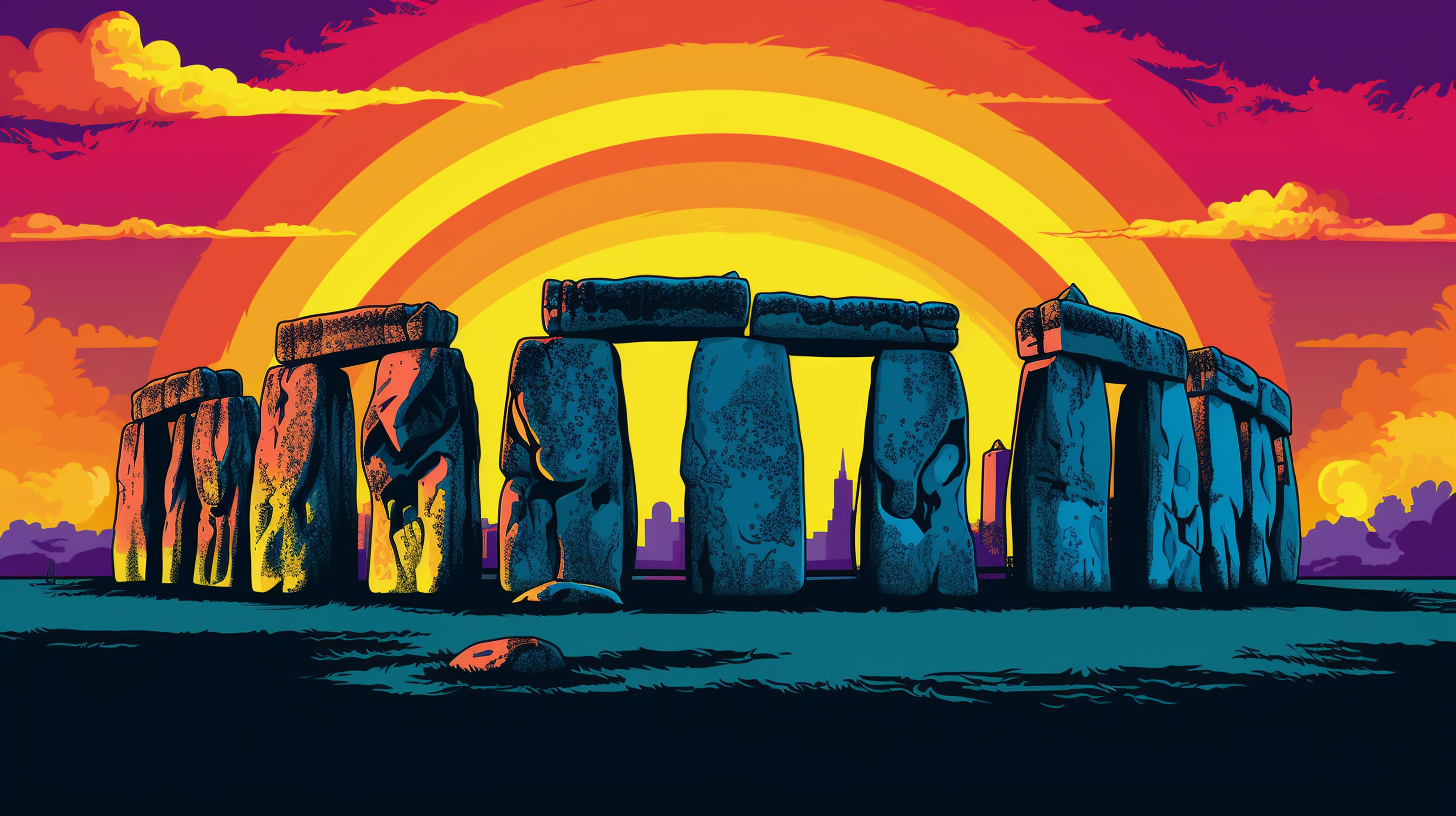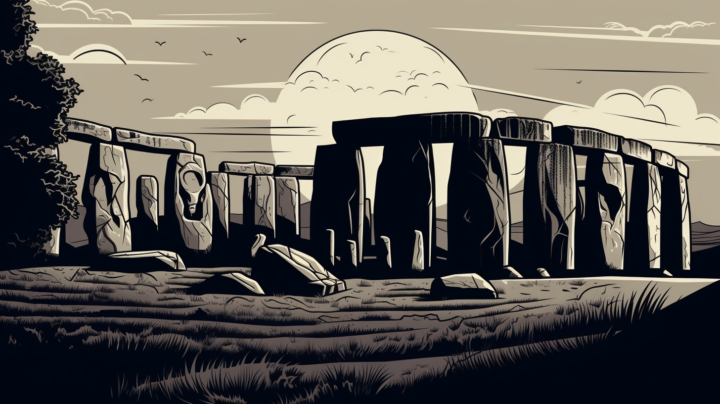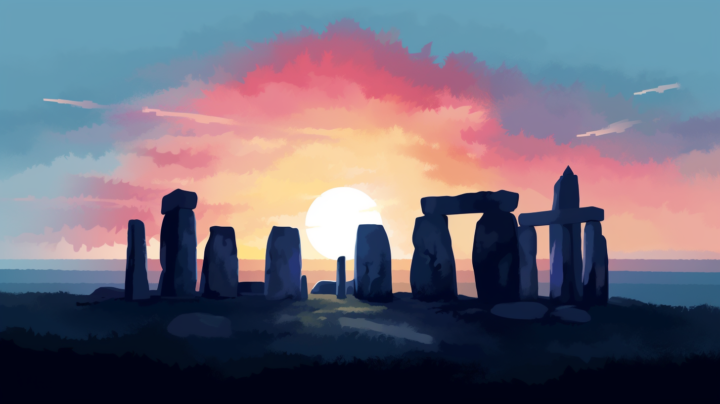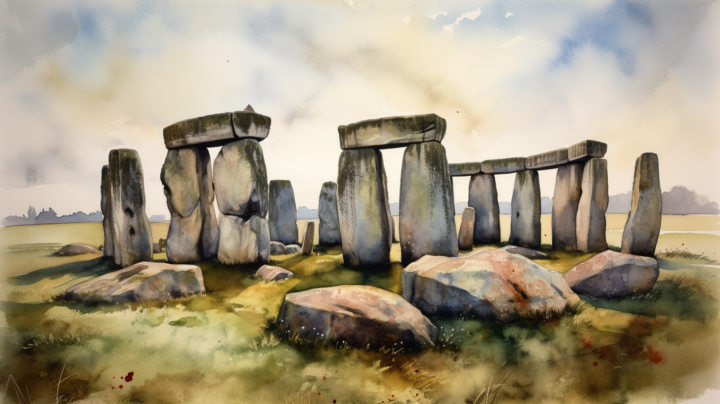My fascination with Stonehenge began in childhood as I pored over pictures and stories about this enigmatic structure in old books in the attic. The image of magnificent stones against the backdrop of the English countryside has been embedded in my imagination ever since.
But only when I set foot on the grounds of Stonehenge last year I felt the actual weight of its history. Weathered by time, the stones seemed to whisper tales of the past—a shred of eternal evidence that you can truly appreciate some experiences only in person. The grandeur of Stonehenge is unparalleled, each stone a testament to the determination and ingenuity of its builders.
Still, by the beginning of the 20th century, Stonehenge had fallen into disrepair. Its territory was embedded with pits, and there was manure everywhere. Some megaliths have collapsed, souvenir hunters have damaged others, explains archaeologist Mike Pitts in his lecture at Gresham College.
Everything changed in the next 25 years. William Gowland, a retired engineer who became interested in archaeology and megalithic sites while working in Japan, organised the first small excavations in 1901. Through further research and radiocarbon dating, scientists have learned how Stonehenge has changed. But they still agree with Gowland’s main conclusion: the monument was built at the end of the Stone Age or the beginning of the Bronze Age.
Thousands of years after its inception, Stonehenge still has the power to bridge cultures, ignite curiosity, and inspire artistry, reminding us that our shared human heritage knows no bounds.
Today it inspired me to employ the might of artificial intelligence to create visions of Stonehenge and other English Heritage sites. I will experiment with styles and prompts, adding a modern technological layer to their ageless palimpsest.
Elia Kabanov is a science writer covering the past, present and future of technology (@metkere).
All images: Elia Kabanov feat. Midjourney.
It’s important to note that all the images presented in this project are artistic impressions generated by artificial intelligence. While they capture the essence and spirit of the English Heritage sites, they may not accurately represent reality. The AI-generated images are a fusion of historical data and creative interpretation, meant to evoke emotions and curiosity rather than provide precise historical or architectural documentation. This project aims to celebrate the beauty and significance of these sites while embracing the innovative possibilities that AI offers in the realm of artistic expression.
If you like what I’m doing here, subscribe to my newsletter on all things science:



